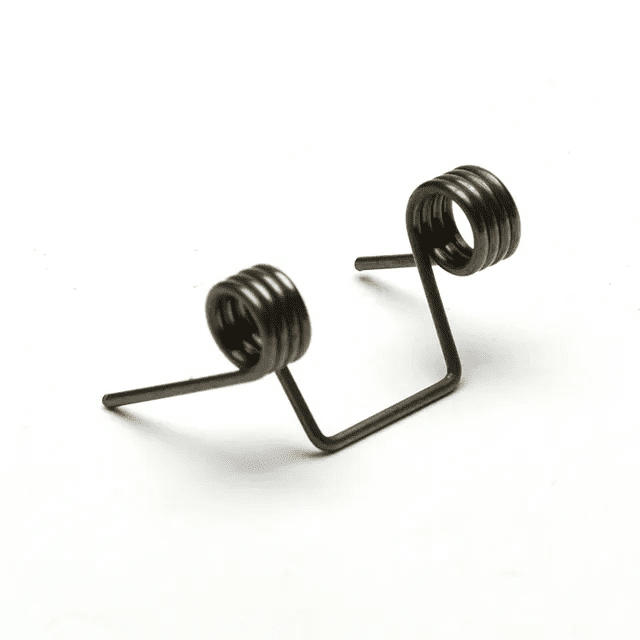
How Are Torsion Springs Used In Prosthetics?
Torsion springs play a crucial role in the field of prosthetics, providing mechanical support and enhancing the functionality of various prosthetic devices. These springs are designed to store and release rotational energy, allowing for controlled movement and mimicking the natural motion of human limbs.
One common application of torsion springs in prosthetics is in the design of prosthetic hands and fingers.
These devices aim to restore grip strength and dexterity to individuals who have lost their natural hand function. Torsion springs are strategically placed within the prosthetic fingers or hand to provide the necessary force for flexion and extension movements.
When a person wearing a prosthetic hand wants to close their fingers to grasp an object, the torsion springs are compressed. As the user applies pressure, the springs store potential energy. When the user releases the pressure, the stored energy is released, causing the fingers to extend and open.
This mechanism allows for a more natural and intuitive movement, enabling individuals to perform various tasks with greater ease and precision.
The design and placement of torsion springs in prosthetic hands are crucial to achieving optimal functionality.
The springs must be carefully calibrated to provide the right amount of force for gripping objects of different sizes and weights. Additionally, the springs need to be durable and reliable to withstand the repetitive motions and forces exerted during daily activities.
Torsion springs are also utilized in other types of prosthetic devices, such as ankle-foot orthoses (AFOs) and knee braces. In these applications, the springs assist in providing support, stability, and controlled movement to individuals with lower limb impairments.
For example, in an AFO, torsion springs can be incorporated to help individuals with foot drop or weak ankle muscles.
The springs are positioned to provide dorsiflexion assistance, helping to lift the foot during the swing phase of walking. This aids in preventing tripping and allows for a more natural gait pattern.
In knee braces, torsion springs can be used to provide resistance and assistive force during knee extension or flexion. These springs help individuals with weakened or injured knee muscles to regain stability and control while walking, running, or engaging in physical activities.
The use of torsion springs in prosthetics is not limited to just hands, fingers, AFOs, and knee braces. They can be found in various other devices, such as elbow and wrist orthoses, where they contribute to joint stability and controlled movement.
It is important to note that the design and implementation of torsion springs in prosthetics require careful consideration of individual needs, biomechanics, and functional requirements. Prosthetists and engineers work closely with patients to customize the springs’ characteristics, such as stiffness and range of motion, to ensure optimal performance and user satisfaction.
In conclusion, torsion springs are invaluable components in the field of prosthetics. They enable the creation of functional and intuitive devices that restore mobility, enhance grip strength, and improve overall quality of life for individuals with limb loss or impairment.
Through their ability to store and release rotational energy, torsion springs play a vital role in replicating natural movements and providing the necessary support for individuals to perform daily activities with confidence and ease.
I wish everyone can find their own hardware accessories, Xiamen Hongsheng spring welcome your choice!






